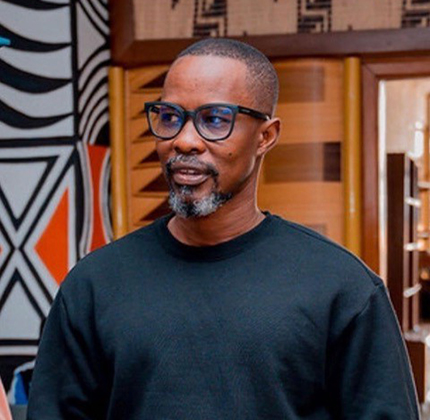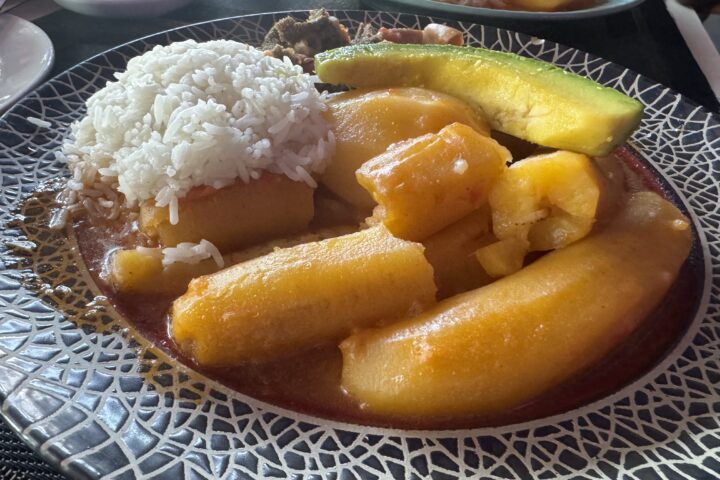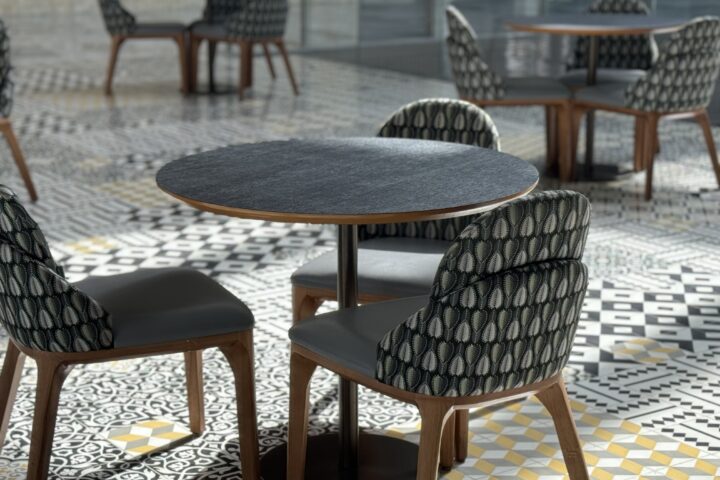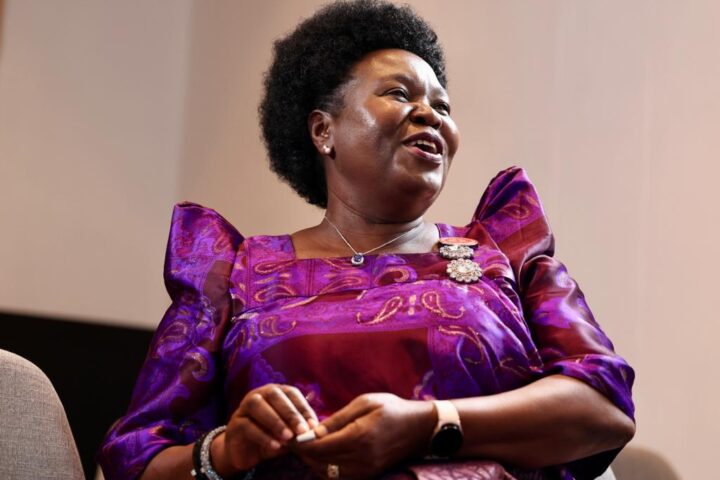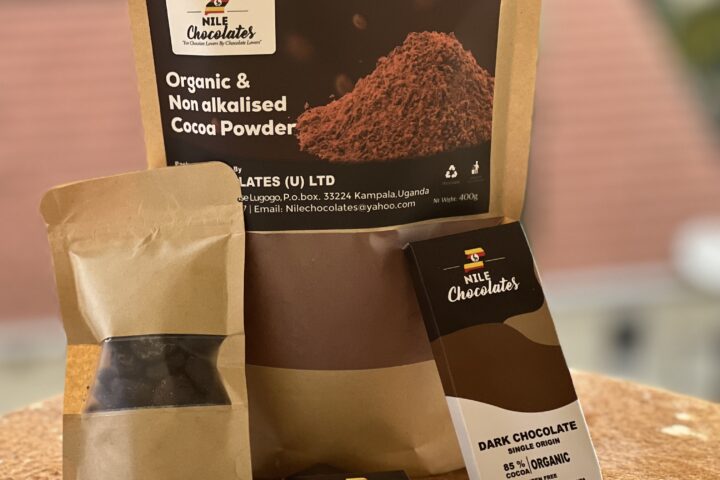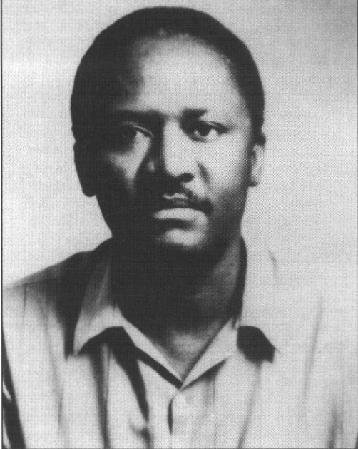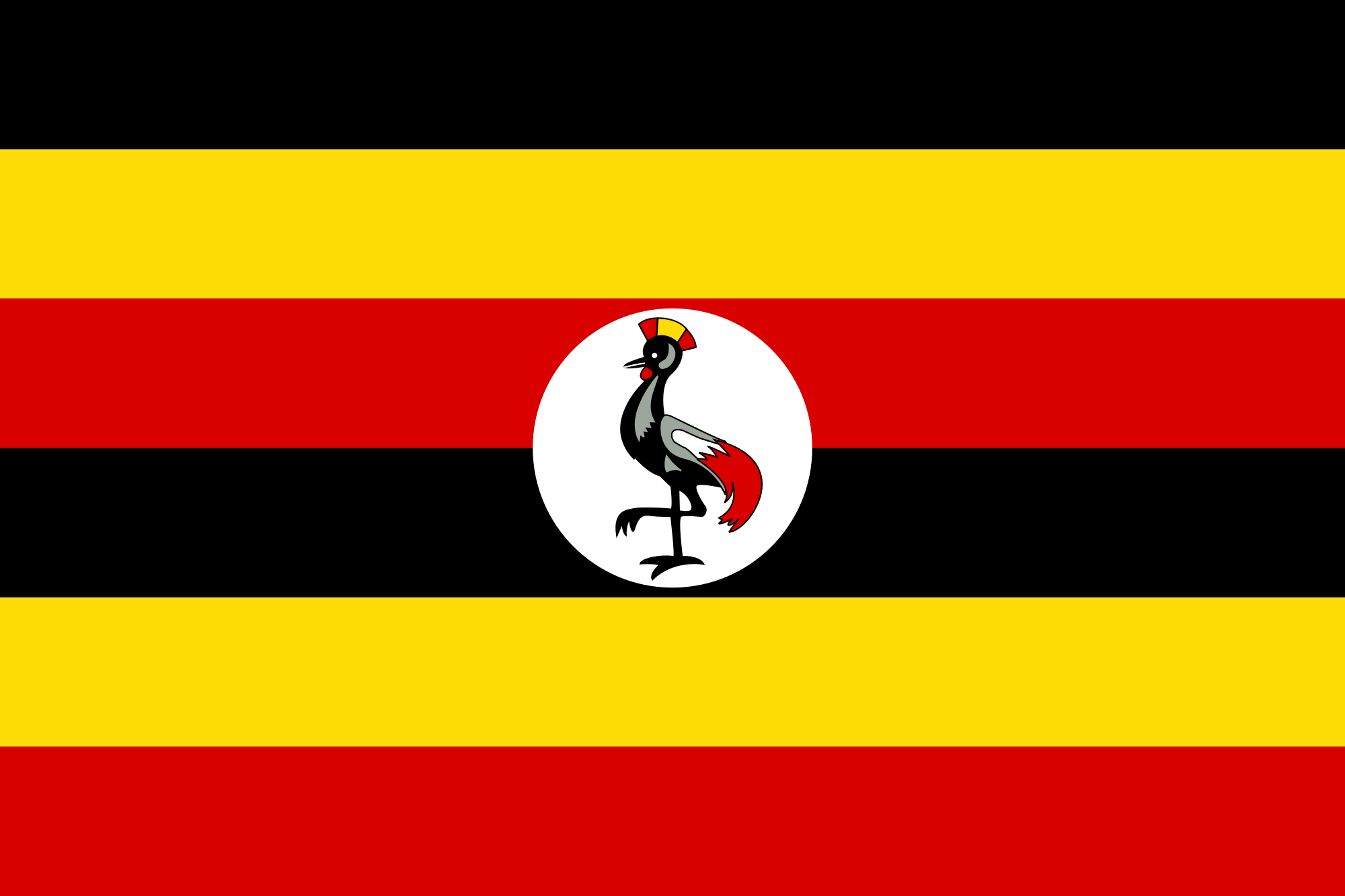Whenever I have spoken to some of my colleagues and friends about South Sudan- the most optimistic ones have tended to be the ones that had a military history with the Sudan People’s Liberation Army (SPLA) or familiarity with its members. Now with Jonglei on fire- and what appears to be an escalation of ethnic warfare- am at pains as to who to correspond with. This is not because optimism is difficult or that pessimism is some kind of default for an observer of this region. After all the New Year begins with South Sudan as an independent country, a formality with far reaching consequences. At its very best, the decision reached by South Sudan’s leaders to initiate an entry into the East African Community, will in the years to come be perhaps even more consequential. In the last 50-60 years, the attempt to forge a political and economic community by East African countries, whether it succeeds or not, is the single boldest act of state building beyond the actions of colonialism before it. Which is perhaps why, watching Jonglei, and other teething problems of the new South Sudan, one is restless on the chair.
The country, if one can call it that, is at many difficult crossroads.
If Jonglei matures into something worse, more precisely, that ethnic nationalism overwhelms both the elite consensus in Juba and the institutions of state- particularly the ability of the SPLA to remain neutral and effective in protecting civilians- it will set back the clock to the pre-conflict days, when Khartoum was not yet a clear foe. Ironically Khartoum, which is presently fighting a war at the borders, may yet make it possible for the South to re-unite. Southern politicians often use this as a default themselves perhaps too much to deflect from serious internal schisms that are simmering today.
It is possible to be patient- building a state takes time but there are some important issues to consider- not just for Southern Sudanese but for her neighbors as well. Insecurity in the South is a major test for the foreign policy of the EAC, a struggling proposition considering the recent decision by Kenya to enter Somalia without much consultation with the region’s organs.
Here is why; internal strains within South Sudan are the traditional weapon of the North against the South. In the present environment where the North is actively undermining the South, and is on an offensive at the borders it is doubly distracting.
Khartoum is sadly still mainly a military problem.
If the SPLA/M is to defend its borders properly around the old alliance that includes sympathetic members of the EAC it has to stomp out as quickly as it is feasible the internal insurgencies underway today. The EAC will find it less attractive even more dealing with separatist movements within the new South, a possibility that is not far-fetched. Internal strife complicates executing any strategy against Khartoum especially military ones. It seems rather clear that the timing of border clashes reflect a desire by Khartoum to ensure that the institutions of the South particularly the army remain weak or distracted.
There are also important security concerns for EAC member countries particularly Uganda and Kenya. Conflict in the South jeopardizes trade and investment worth nearly a billion dollars or more annually. For Uganda, farm-gate prices for beans, maize, vegetables, poultry and livestock will be hit hard if the problems in South Sudan spiral out of control. This will make things very difficult for the government in Kampala, especially sensitive about the status of border communities in northern, north-western and north eastern Uganda. These communities bore the brunt of the “northern Uganda war” in part an extension of the hostilities between North and South Sudan. However they have also been the most affected by a return of peace to South Sudan after the CPA was signed in 2005. Khartoum’s surrogate – the LRA decamped from the North to parts of DRC and the Central African Republic. They however remain a serious problem at the spine of the borders of Sudan, CAR and DRC. A resumption of hostilities opens up the Ugandan border for instability by the LRA or even hostile Southern Sudanese groups. As it is the Ugandan military is stretched having to worry about its border with DRC – where its petroleum program is a major asset-and deployments in Somalia amongst others. Far worse any instability in the northern border communities will re-open the wounds of the 20-year conflict there.
If Jonglei is a harbinger of these scenarios an investment, especially a regional strategy that is honest and sensitive to the challenges that South Sudan is facing will be necessary. But first the SPLA/M must show that it is capable of imposing its will on the worst tribal violence in the region in the last few years. It is always curious how thousands of people can die- without this being a much larger issue, internationally, say compared to the post-election violence in Kenya or the violent suppression of protestors in Uganda earlier in 2011.


